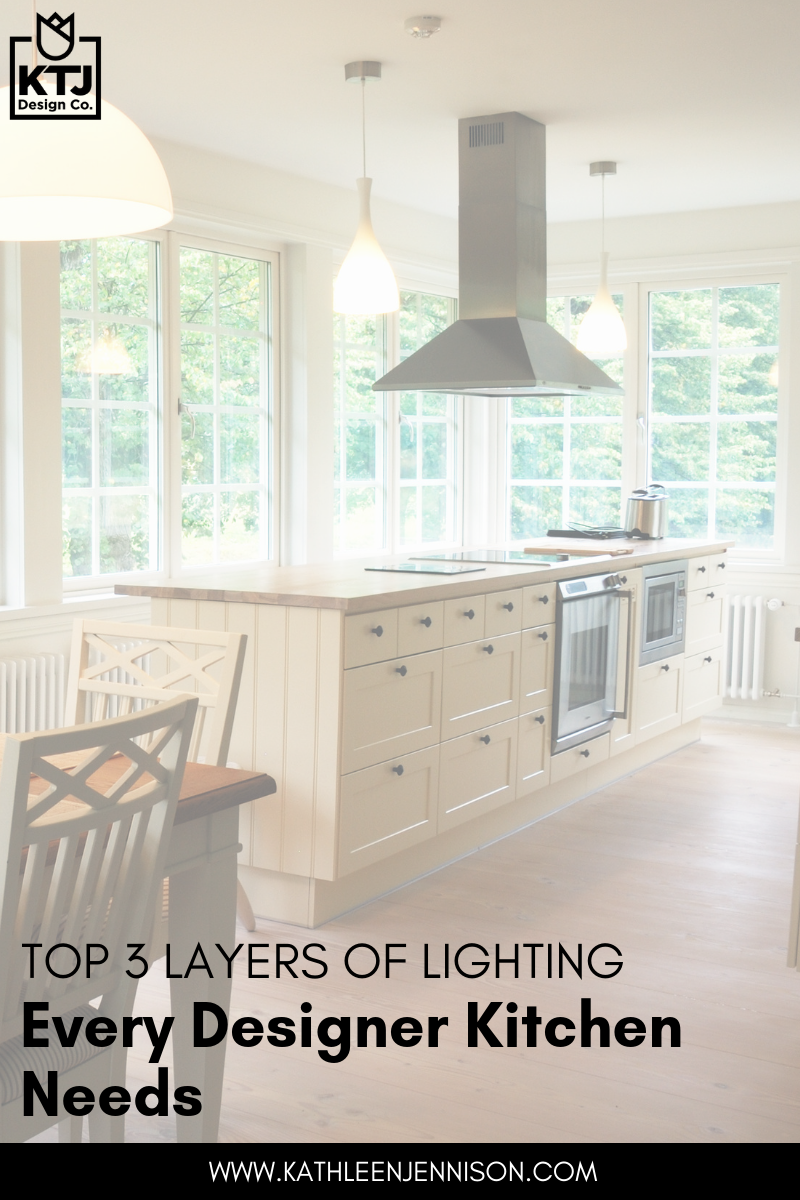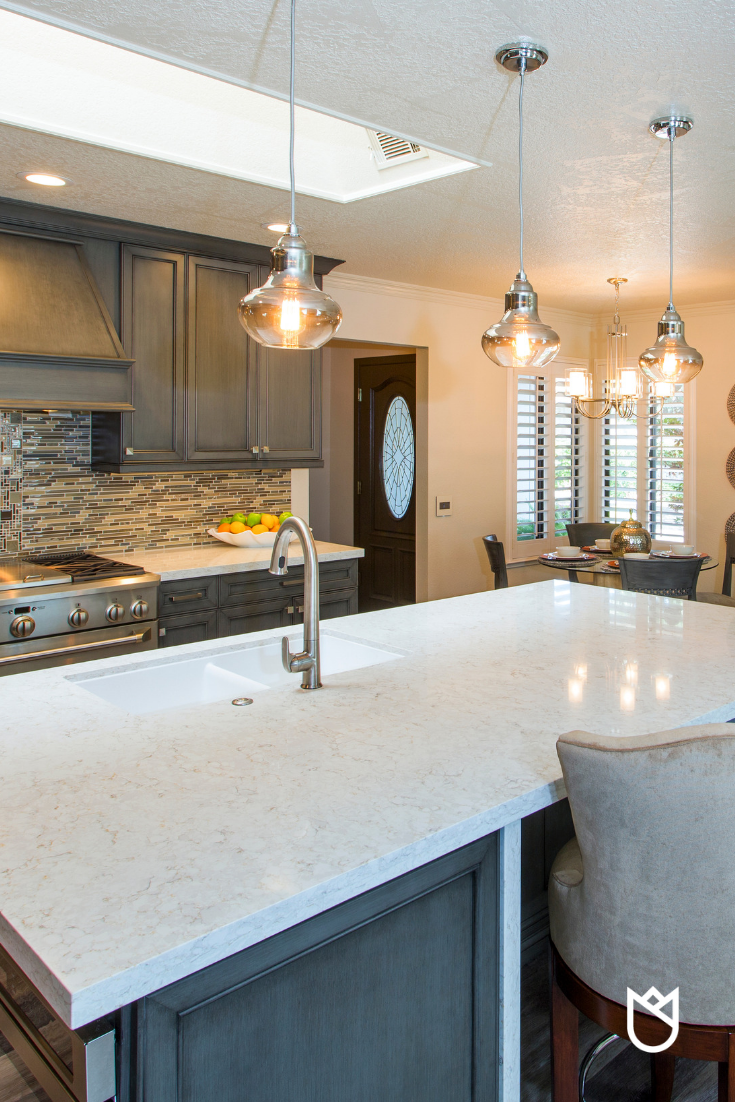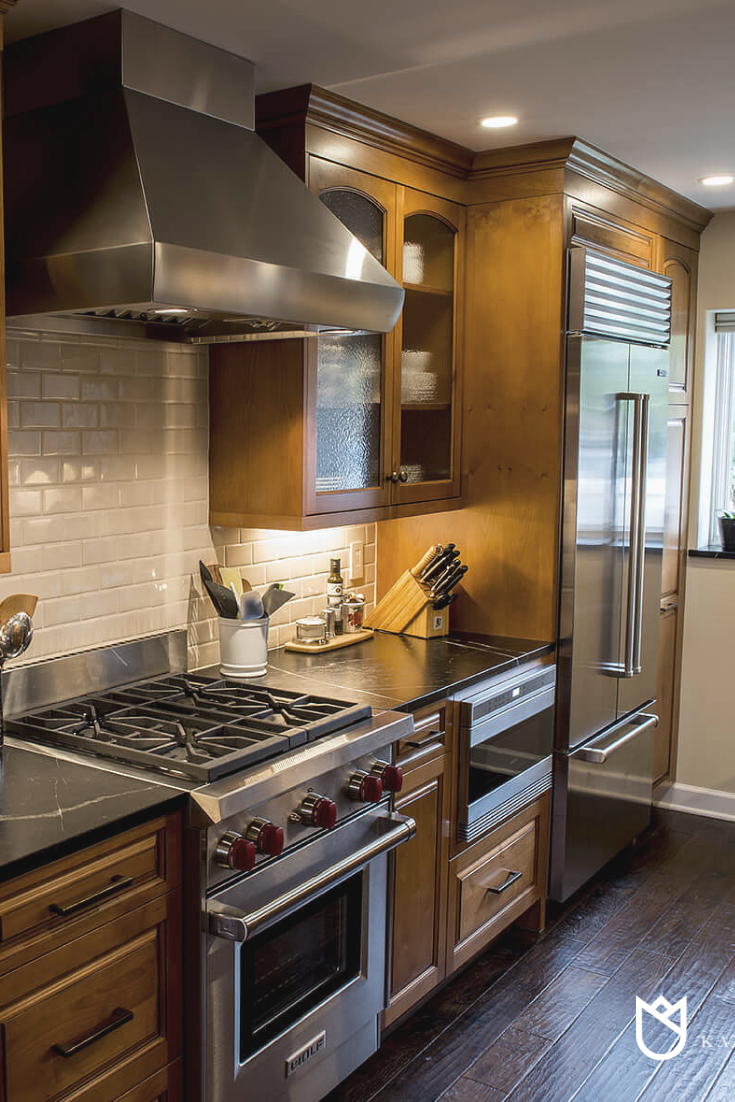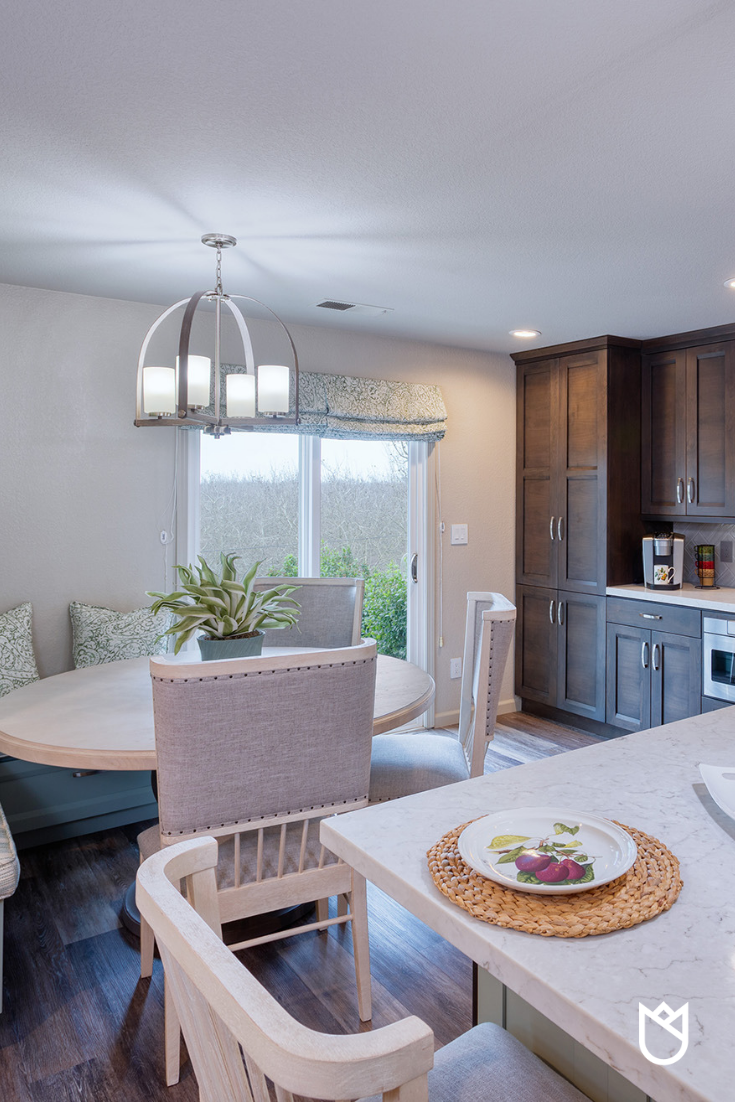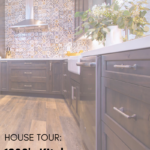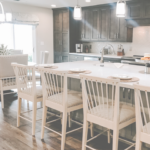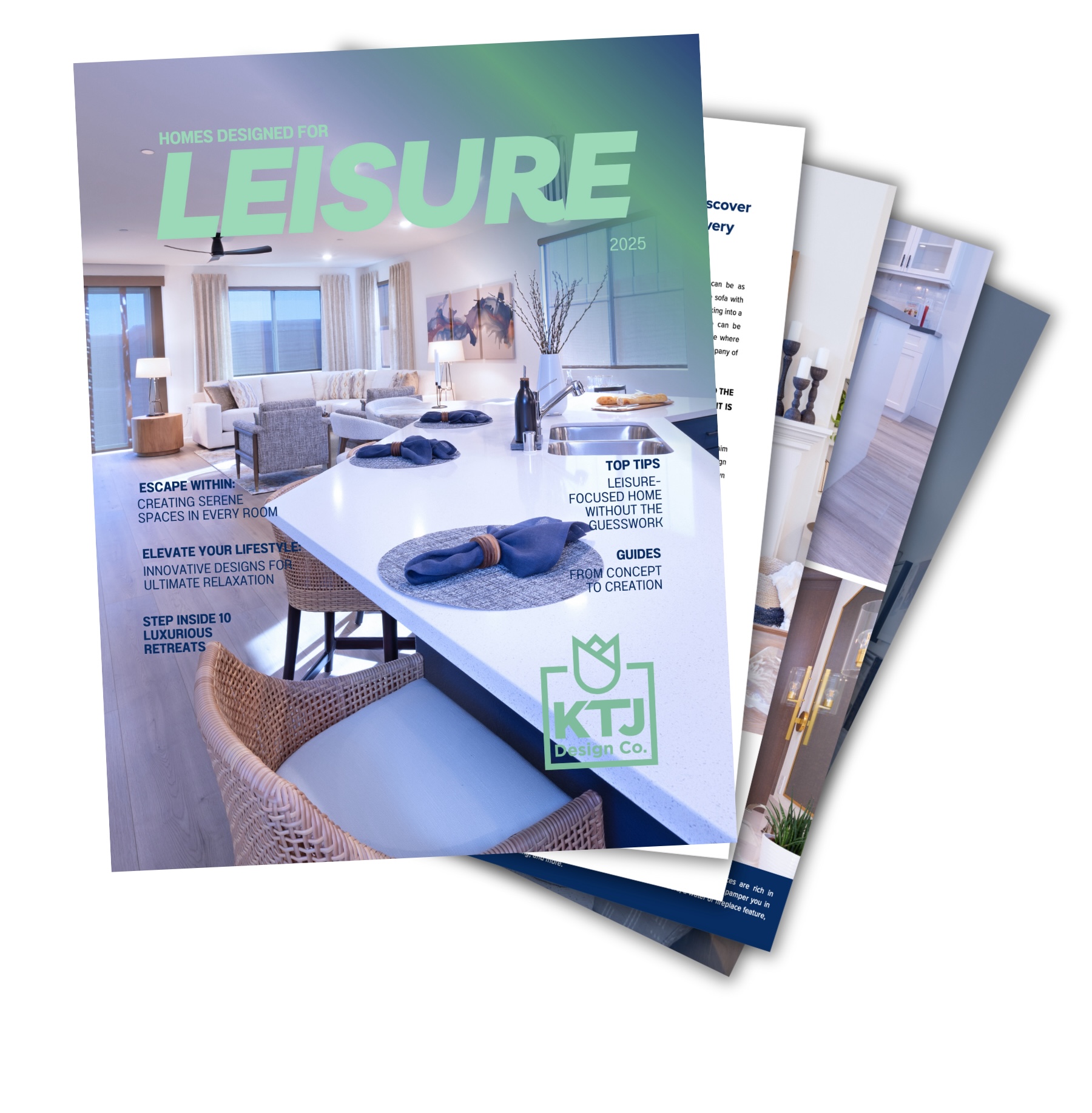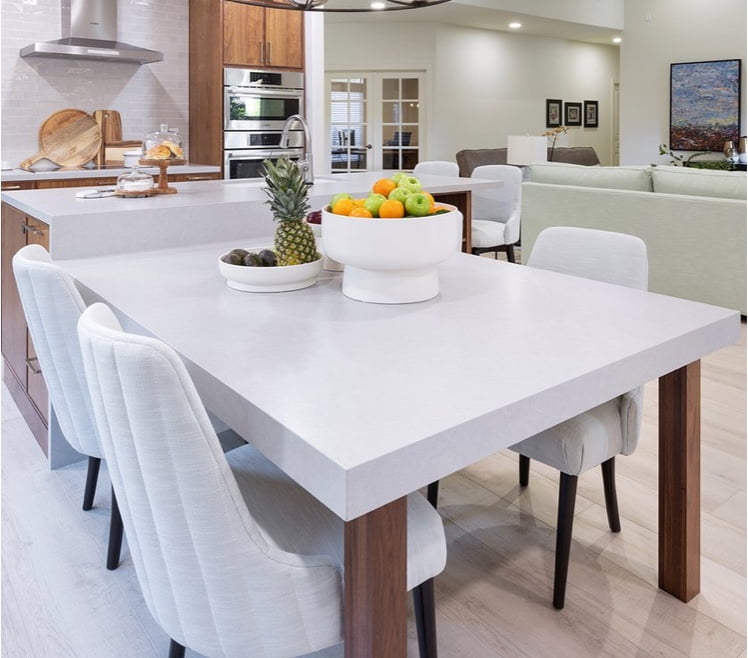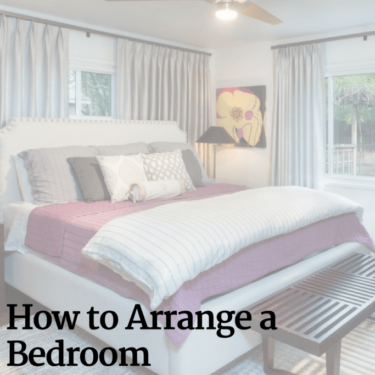Top 3 Layers of Lighting Every Designer Kitchen Needs
When I was a kid, I was a voracious reader. One of the books that made a big impact on me was Cheaper by the Dozen, a semi-autobiographical novel written by Frank and Ernestine Gilbreth, who grew up in a house with 12 siblings (there have been several movie adaptions over the years).
The interesting thing to me was that the parents of Frank and Ernestine conducted time and motion studies to improve the work methods of factory workers. One study looked at light levels. They started out with bright lighting and gradually dimmed the lights until it was almost dark. They collected data on the production of the workers in various levels of lighting. Interestingly, the darker it got, the more the workers produced. The Gilbreths discovered this had nothing to do with light levels and everything to do with the attention the workers were getting.
I bring this up because, if you’ve ever worked in a poorly lit kitchen, you know how much you dislike it. Your kitchen requires different layers of lighting to make it the true powerhouse that you need it to be.
Kitchen Lighting Basics
Layer #1: Ambient Lighting
Ambient lighting illuminates an entire room. One ceiling fixture may be enough to light a kitchen (think of fluorescent boxes of your typical 1980’s kitchen), but for the best coverage you also need recessed can lights. Place them strategically around the perimeter of the kitchen, over the major work zones (prepping, cooking, and clean-up), for best results. Combine the recessed can lights with a beautiful central light. Together, these two types of light fixtures will give you attractive and functional overall lighting.
Layer #2: Task Lighting
Task lighting should be installed directly over work zones in the kitchen. Pendants are the best option over the island. Under cabinets puck lights or tape lights are best for cutting and prepping areas over the counter tops.
We like the LeGrand Adorne System for maximizing under cabinet efficiency. This track system not only has lighting but also tucks the electrical outlets up and out of sight (no ugly outlet and plate messing up your gorgeous and often expensive back splash tile). You can see an example of this lighting system in our showroom kitchen.
Layer #3: Accent Lighting
Accent lighting takes your pedestrian kitchen to designer kitchen with the flick of a switch. Put tape lighting in the toe kick (the space between the bottom of the base cabinets and the floor). It looks extremely cool and provides soft light for late-night jaunts to the kitchen.
While you’re at it, add tape lights to the top of the cabinets to shine onto the ceiling. Strip lights or 3” down lights inside cabinets with glass doors or on open shelving will showcase dishes, pottery and glassware. Adding this type of lighting is relatively inexpensive if you have your electrician wire for it in the rough-in stage.
Ready for a Designer Kitchen?
Lighting needs vary by room, but the kitchen is one room that requires special attention in the design phase by kitchen designers like those at KTJ Design Co.
Prep for success by getting an interior designer involved early in the process. Give me a call and let’s discuss your upcoming kitchen remodel.
